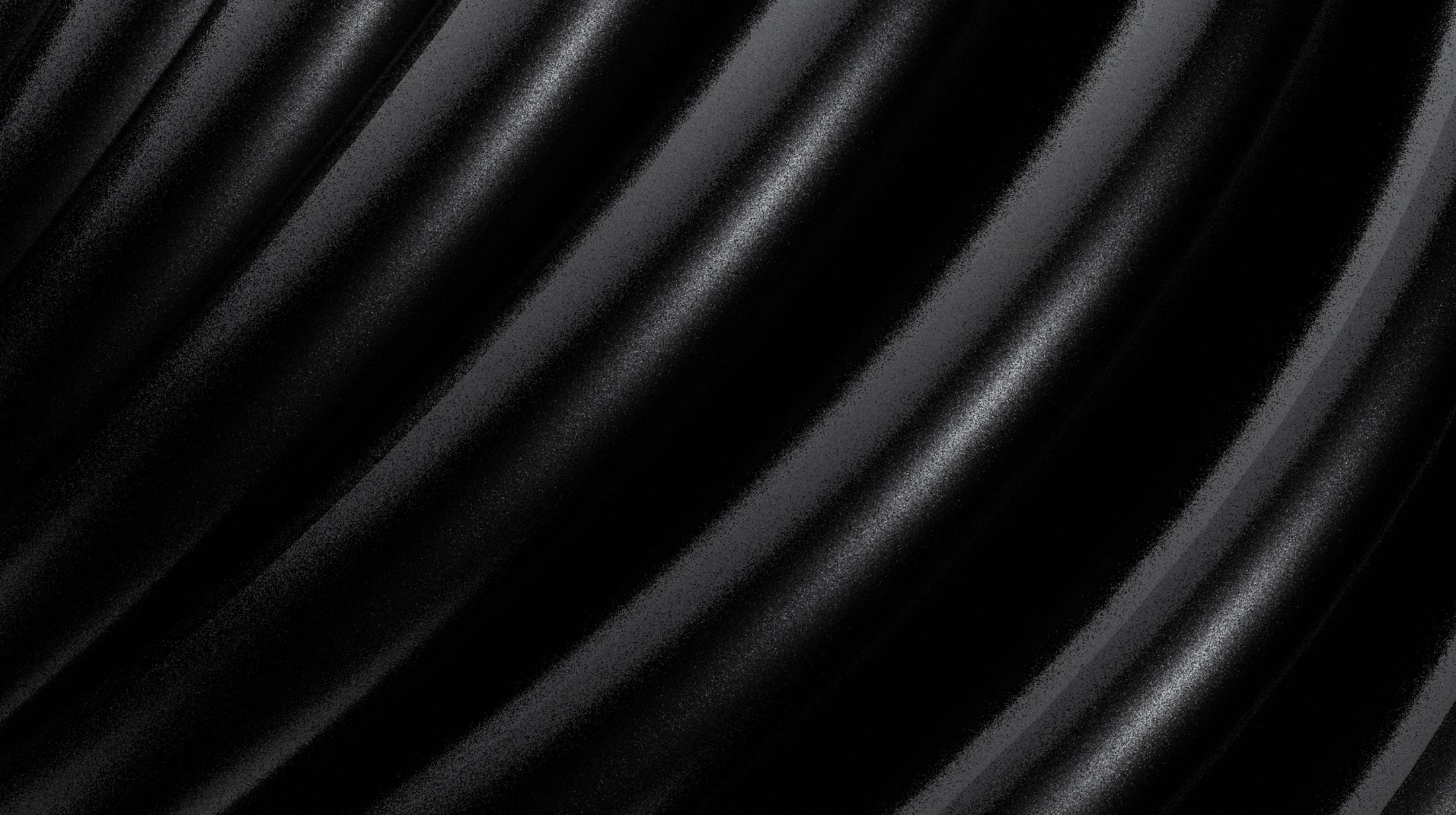
From wrinkle reduction to unwanted hair removal and everything in between, lasers are prevalent in almost every context of skin care and rejuvenation. According to a study from the American Society of Plastic Surgeons, laser skin treatments increased in popularity by 248% from 2000 to 2018. Here’s what to know about lasers and how they work in the realm of skin care.
What are Lasers?
Light amplification by stimulated emissions of radiation, more commonly known as lasers, emits light appearing as a single wavelength. Unlike other light sources, lasers can remain focused on a tight and narrow spot even over long distances. Lasers emit this coherent light and carry very high energy, enabling their applications as welding materials, car headlamps, laser printers, barcode readers, laser surgery, and skin resurfacing treatments.
How are Lasers Used in Skin Care?
Lasers find application in skin care procedures because of their high energy and coherent light focusing ability. Lasers modulate the frequency of light to produce heat in a small, narrow area, and doctors can use this to apply “controlled damage” to the skin. While performing laser skin resurfacing, the surgeon can burn through each layer of skin with precise control of movement and contouring, eliminating surface damage without bleeding.
What Are the Different Types of Skin Care Lasers?
Ablative Lasers
Ablative lasers remove the top two layers of skin through the controlled vaporization of skin cells. These are the most powerful types of lasers used in skin care. Examples of these lasers include a CO2 laser and the erbium YAG laser.
Nonablative Lasers
Nonablative lasers are less abrasive and work by targeting the deeper tissue instead of the superficial layers of the skin. Many individuals who opt for nonablative laser treatment have to go in for several appointments over a period of time for the desired results, but the risk of hyperpigmentation is lower.
Fractionated Lasers
Fractionated lasers deliver light and heat in a pixelated fashion, so that one area of the skin isn’t hit the hardest all at once. Fractionated lasers, such as Fraxel, require less downtime and quicker healing depending on your particular issue.
What Skin Issues Do Lasers Fix?
Lasers can be used to treat blotchy, uneven skin tones, sun damage spots, wrinkles, crow’s feet around the eyes, and many other facial aberrations. Non-abrasive lasers are used in laser skin care procedures to promote the growth of new collagen growth and give you a plump, and youthful appearance.
What is the Post-Procedure Process?
Depending on the severity of the laser procedure, your skin may feel sensitive, swollen, or raw. Following post-procedure instructions from your doctor, and avoid sun exposure to protect the new skin. Complete healing can typically take up to two weeks.
If you have any questions about the use of lasers in skin care, or want to set up a consultation or appointment at our Houston Facial Plastic Surgery Center, contact us today!



